When puppies can go outside, according to a trainer
Want to know when puppies can go outside? We’ve consulted the experts to help you understand what’s best for your pup
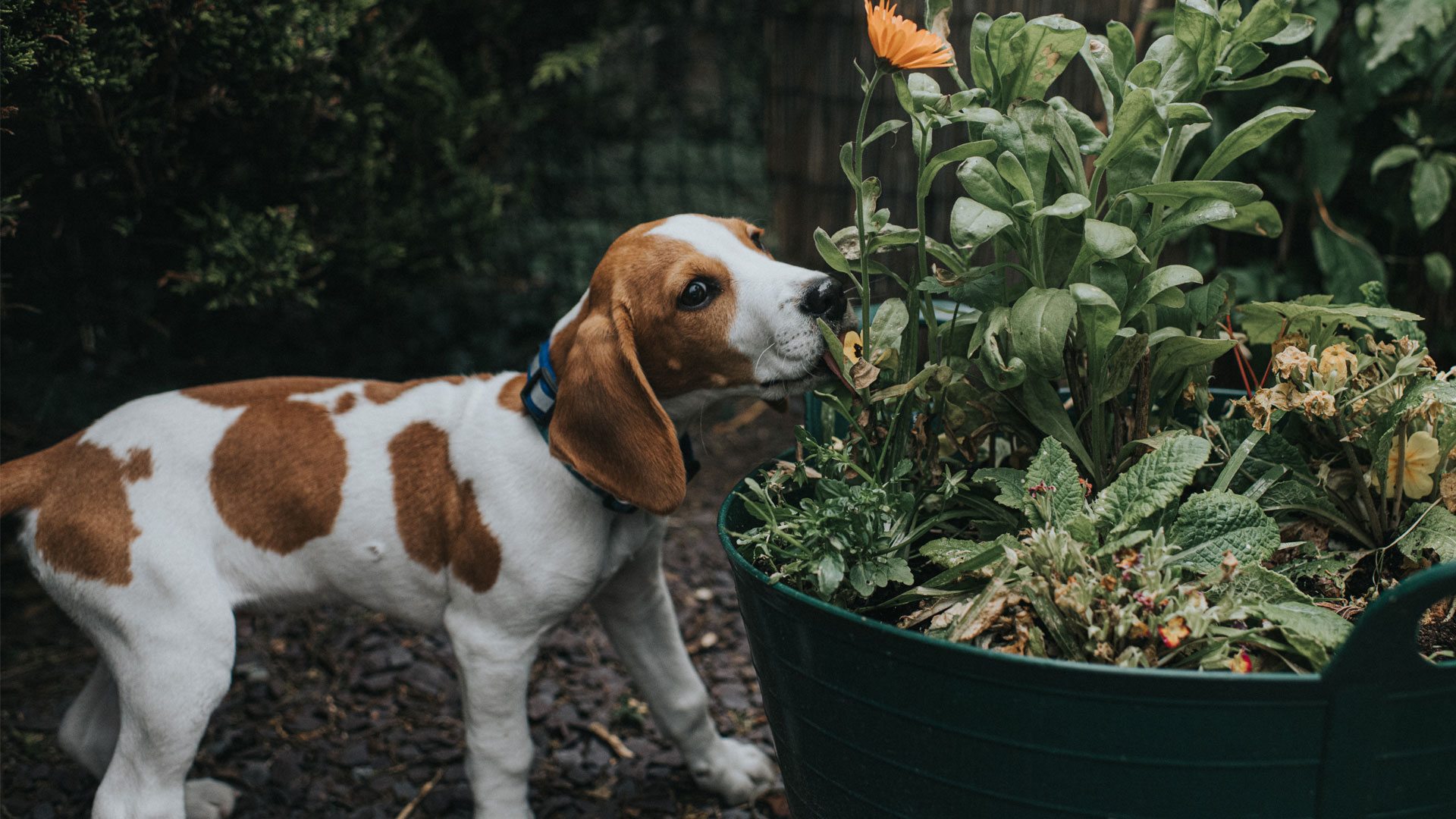
It’s easy to be unsure about when puppies can go outside, especially when there can be conflicting advice about socialization versus the risk of your puppy contracting diseases. However, while it’s important to keep your puppy safe and healthy, getting them to see as much of the world as possible when they’re young is also vital.
But why is socialization so important? Well, a growing puppy is like a little information sponge, soaking up every experience and new environment. If you kept it inside, it wouldn’t have the opportunity to see and prepare for all of the situations that it will regularly encounter when it’s older. This can mean that the older dog becomes reactive or fearful around unknown dogs, people or situations.
While entertaining your puppy inside with one of the best puppy toys is a great way to keep them engaged with you, it’s no substitute for good socialization. It’s commonly accepted that the puppy socialization window lasts between three-16 weeks. As the majority of new puppy owners will get their new puppy at eight weeks old (and we would advise readers to be cautious of any breeder offering a puppy any younger than this), that means that you have around two months to pack in as much socialization as possible before your puppy’s first fear period kicks in.
We asked Lara Sorisi, an APDT-certified dog trainer and a championship gundog trainer, why it’s so important to make sure that your puppy is socialized. “Socializing a puppy is key so that you can help them get used to the everyday world that they’re going to be living in. You can do so much with them without taking them for a ‘proper’ walk, so don’t be worried if they’re not fully vaccinated when you get them.
“With a lot of my own puppies that I breed, I put in a really good, solid socialization foundation that has nothing to do with walks. I take them on lots of car journeys, so when they eventually go to their new home, it’s not going to be totally overwhelming for them. Like humans, dogs like to window watch. Seeing the world from a controlled zone is a great way for them to get used to all of the things they’ll interact with when they’re older. It can be a form of enrichment that’s just as stimulating as a proper walk.
We can’t give a conclusive answer as to the age a puppy can begin going on walks, as it will depend on what type of vaccinations your puppy has been given and at what age. Therefore, we would recommend consulting with your veterinarian to find out when they can start going on walks. However, a general rule of thumb is that a puppy can explore outside safely two weeks after their final vaccination. Depending on what your vet advises, this means that your puppy’s vaccination status might eat significantly into the socialization window. So, how can you balance your puppy’s health with socializing them correctly?
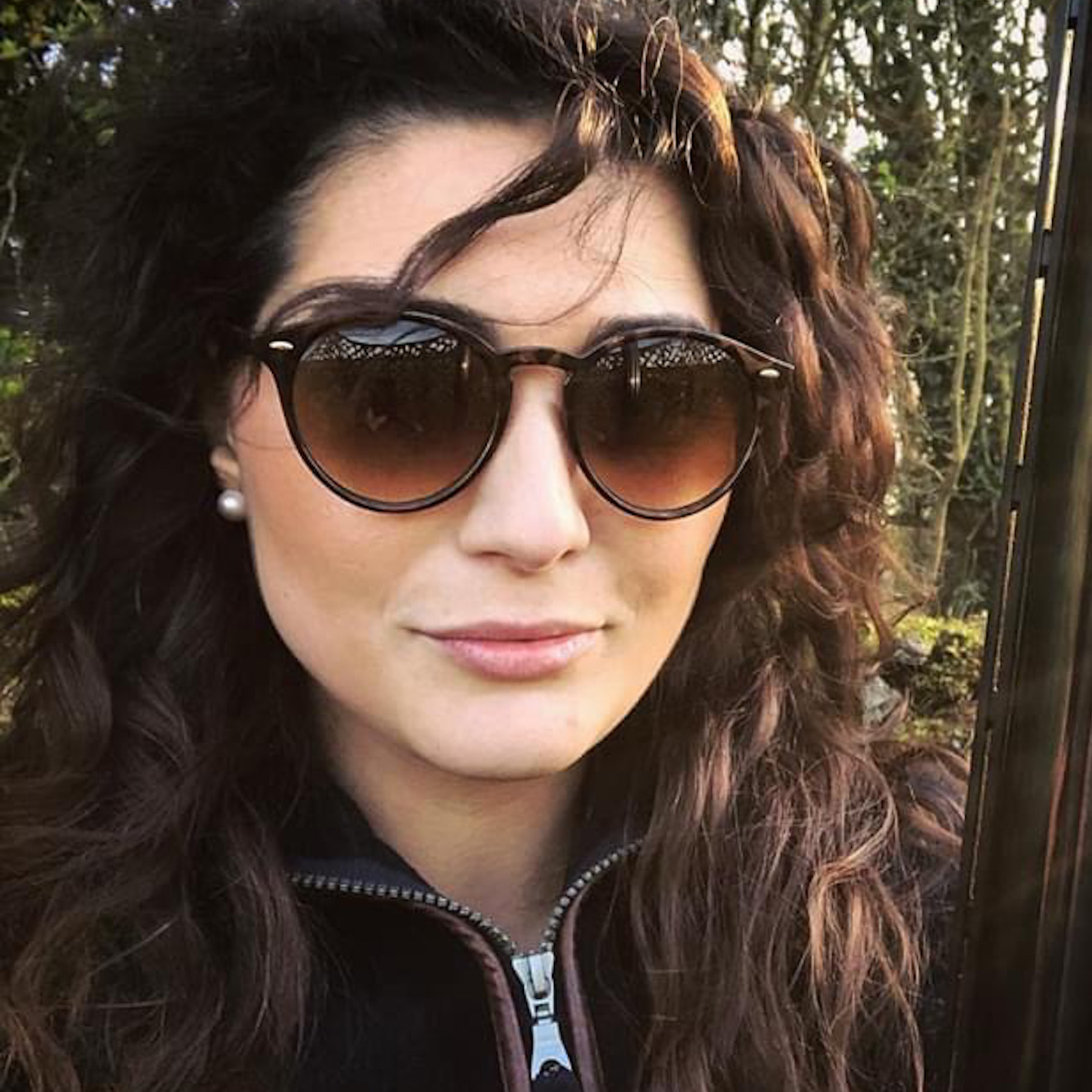
Lara Sorisi is a science-based and force-free dog trainer with a wealth of experience. She is accredited by the APDT (Association of Pet Dog Trainers), which is one of the most rigorous dog training qualifications available. Lara holds a bronze-level qualification with UK Sniffer Dogs, which means that she is an accredited UK Sniffer Dogs instructor. Lara has trained her own dogs to be trial winners and dedicates her time to helping other dog owners.
When can puppies go outside safely?
You might be surprised to learn that puppies can go outside as soon as they come home with you. However, the major caveat to this is that you don’t really want their paws to touch the ground whenever you’re outside of your own home and garden (until they’re fully vaccinated of course).
There are a variety of ways to do this, from using baby slings to puppy stroller carts to simply carrying the puppy in your arms. Another great option is to use your car (if you have one) – simply park up in different spots, such as a parking lot downtown or outside a dog park, and let your puppy observe the world around it.
Lara is a big advocate of using a car for socialization. “I like to call these ‘tailgate walks’, and they can be done in the trunk of your car, or even in one of the seats with the windows rolled down. To build your puppy’s confidence as much as possible, try to do this in as many different places as you can. A well-socialized puppy is one that can go into an environment and not be overwhelmed by it, so try to expose them to things that they wouldn’t come across in their day-to-day lives. For example, if you live in the middle of a busy city, take them to see rural areas with livestock – and vice versa. It’s a really good way of exposing your puppy to new things in a controlled and non-overwhelming way.
“I also like to teach my puppies not to make a big deal about things, so I always bring them an activity to do while we’re on our ‘tailgate walk’. This could be a lick-mat, a stuffed Kong, or a high-value chew. This helps to build a really positive association with the new environment for the puppy. I also like to bring along a coffee or tea for myself in a flask, so that I’m relaxed as well – this helps prevent the puppy from picking up on any stressed or overwhelming energy from me.
“Another aspect to be aware of is how much distance you’ve created from the new environment. If you get too close, you’ll risk creating a stressful situation for your puppy. If you went to, say, a grocery store, I wouldn’t park outside the entrance. Instead, I’d park in a far corner where your puppy will be able to see, hear and smell everything that’s going on, but they won’t be so overwhelmed that it blows their brains out.
“Essentially, the key to good socialization is exposure, making sure it’s positively associated and starting off at a distance with small doses that increase as time goes on.”
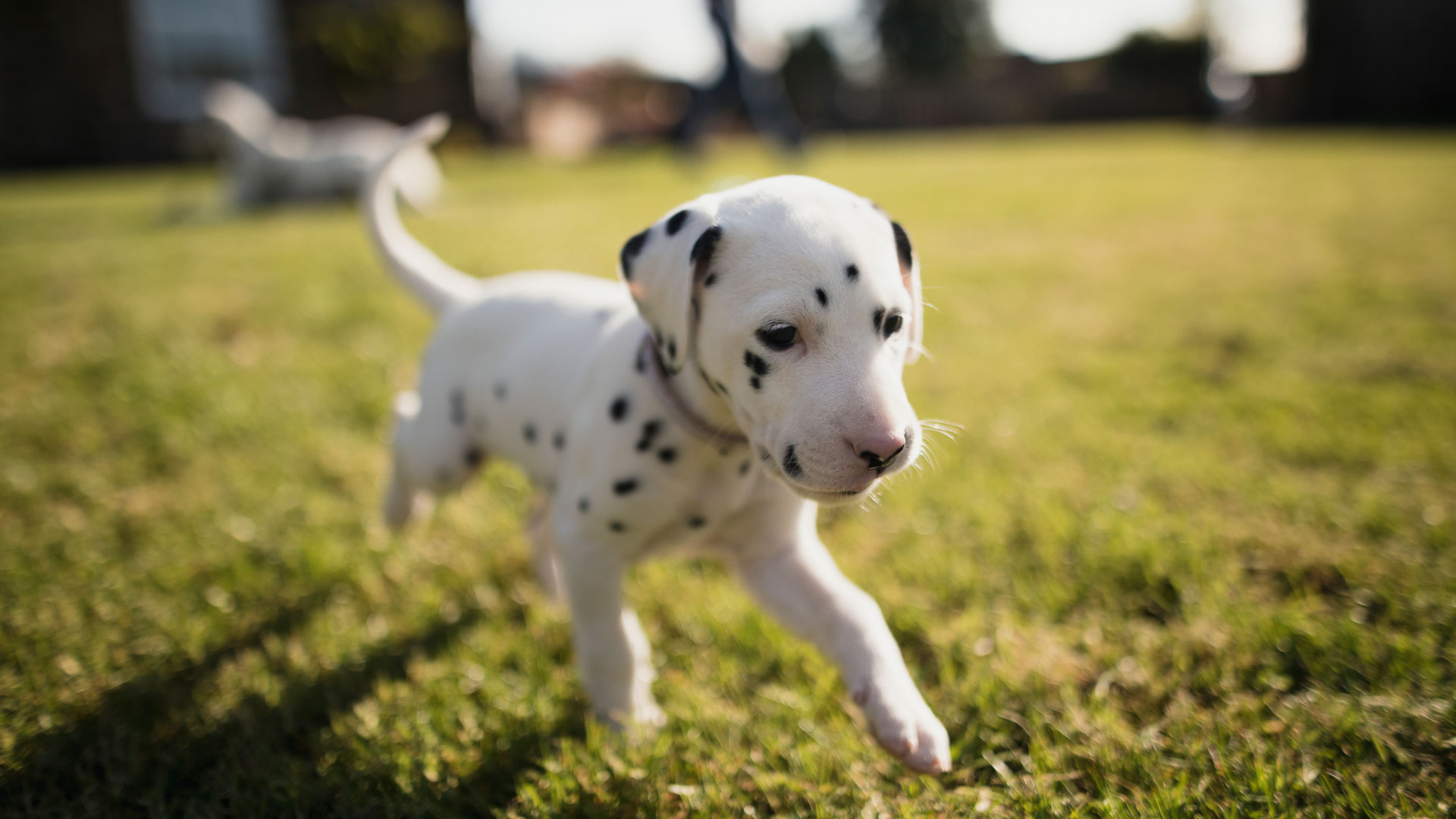
Can puppies mix with other dogs before their final vaccinations?
While you won’t want your puppy to mix with strange or unfamiliar dogs, can they meet dogs that you know and trust? Lara advises, “if in doubt, I would always tell dog owners to check with their vet. However, my general advice is that if you have a multi-dog household and all of your other dogs are vaccinated, then this will likely be fine (although you always have the small risk that another dog could track something in from outside). If your puppy isn’t fully vaccinated, most vets will advise not to take them outside, so they shouldn’t really be socializing with other dogs.
“I always err on the side of caution, because I don’t want to put my puppies in a situation where they’re at risk. It’s only a matter of weeks you have to wait until you can fully introduce your puppies to the world. There’s so much that you can do in that time to build on their socialization by introducing them to different sights, sounds, textures, and environments. If you rush to introduce your puppy to another dog, then you could be putting your puppy at risk. If it’s a friend’s or family member’s dog and you’re particularly keen for them to meet, then I’d recommend talking to your vet for their advice.”
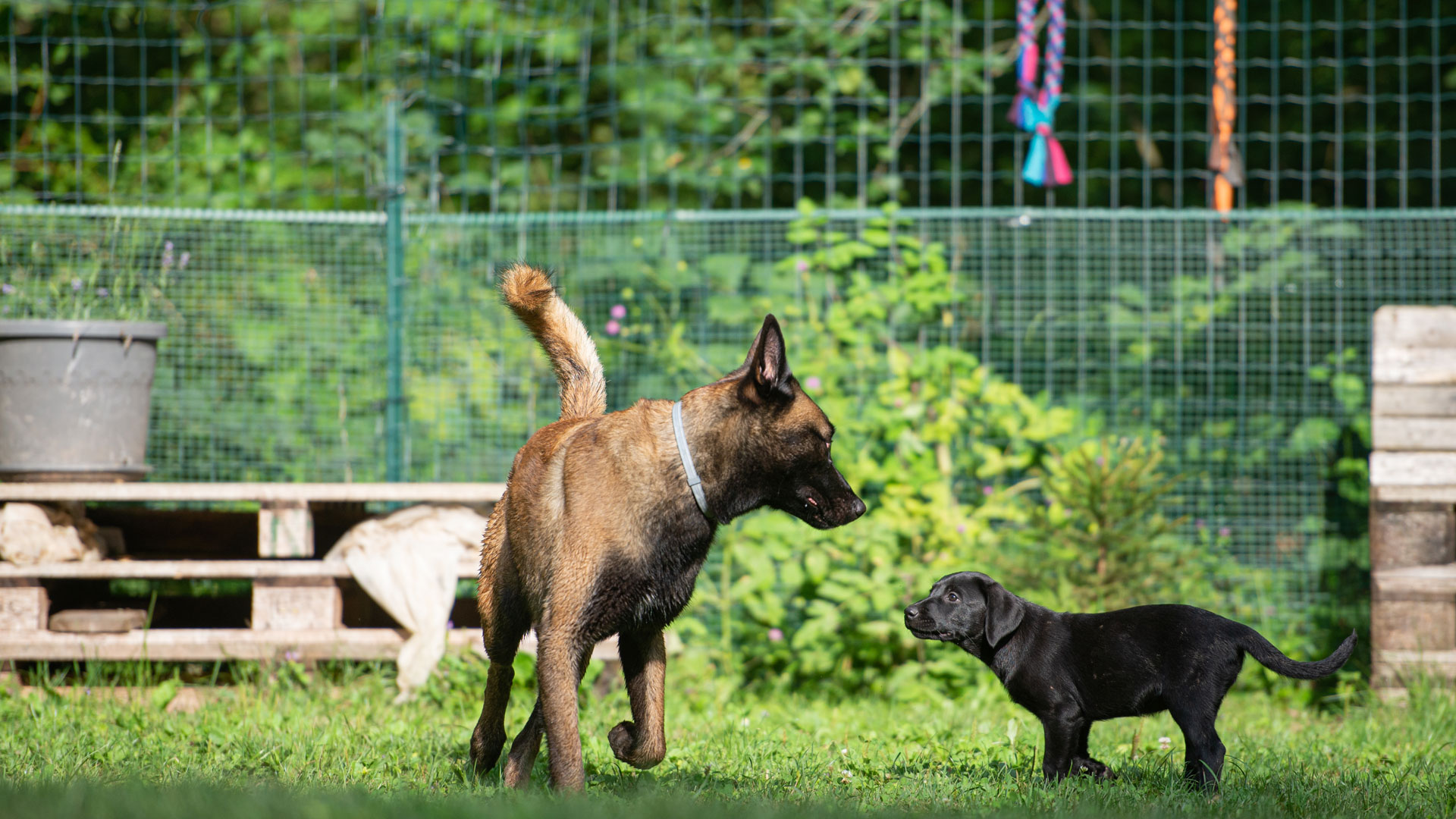
How can I entertain my puppy inside?
While you can take your puppy outside before it’s fully vaccinated, you won’t be able to take it for walks. This means that your puppy will still have bundles of energy that you’ll need to help them burn. Luckily, there are a variety of ways that you can tire out your puppy inside your home.
Play
One of the best things you can do with your new puppy is to play with it. Not only will this help to tire it out, but you’ll also be building a lovely bond with your new pal. Games such as Tug or moving a toy along the floor for them to chase and catch are a great way to entertain your puppy inside.
Training
Your puppy is never too young to begin basic obedience training. It’ll give them a great foundation for their training later in life. Try teaching simple commands such as ‘Sit’, ‘Stay’ and ‘Come’. We only recommend positive reinforcement, as aversive methods can lead to fear and reactivity later in life. Keep training sessions short with younger puppies – around five minutes will be more than enough.
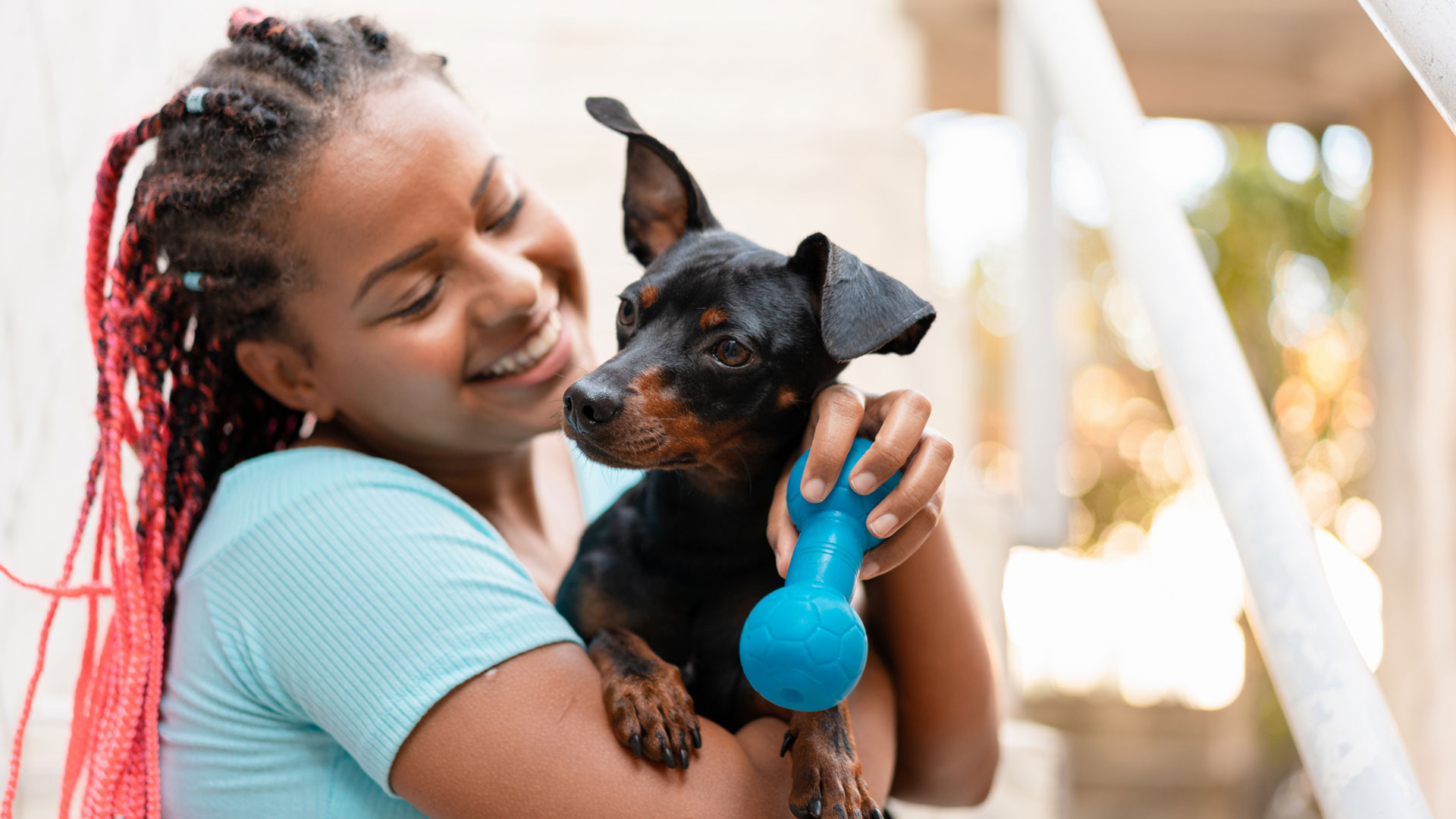
Enrichment toys
Whether this means giving your puppy a chew appropriate for their age, or giving them a Kong stuffed with their kibble, an enrichment toy will give them something to focus their attention on. We highly recommend food dispensing puzzle toys, as these are a fantastic way to tire your puppy out by making it work for its dinner.
Calming toys
If it’s hit the puppy ‘witching hour’ and you find yourself pulling out your hair at your naughty puppy, it might be time to consider using a calming toy. Puppies often have difficulty regulating their own energy and can struggle to recognize when they’re tired. Giving them something like a snuffle mat or a lick-mat in their crate can calm them down enough so that they go to sleep.
Need more ideas for keeping your dog stimulated? See what happened when we tried a 45-minute 'sniffari', or find out how you might be playing fetch all wrong.
PetsRadar Newsletter
Get the best advice, tips and top tech for your beloved Pets
Louise Carey is a freelance writer and the Editor of sister website Top Ten Reviews. She has been working in publishing for seven years, contributing to publications including The Independent, TechRadar, Digital Camera World and more. As the proud pet parent of a reactive border collie with a food allergy, it’s been necessary for Louise to explore a variety of fun and exciting ways to enrich an energetic dog that can’t always go on walks. She’s passionate about sharing the information she’s learned to help other pet owners as well.

